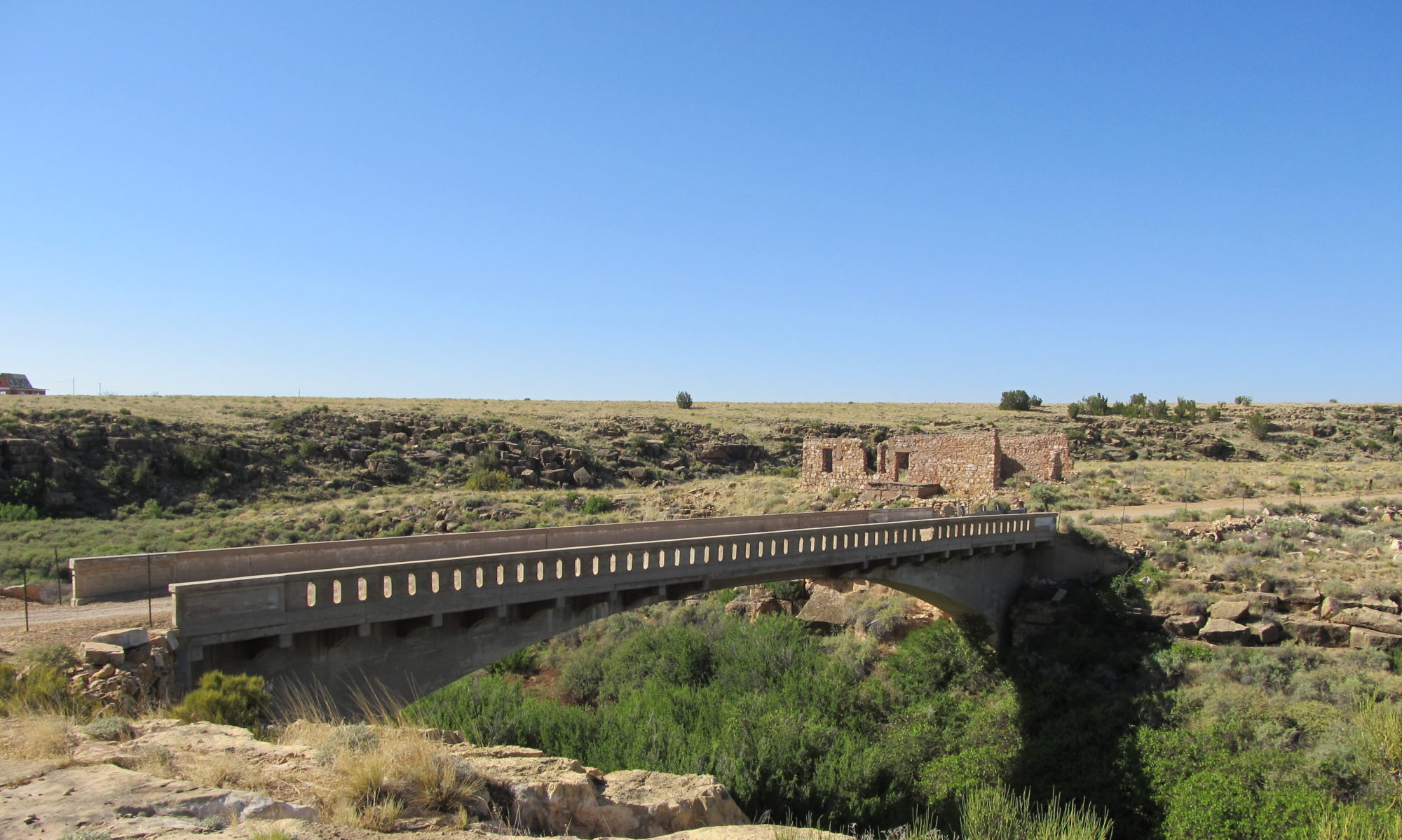The Fédération Aéronautique Internationale (FAI) was founded on 14 October 1905. In the 1960’s, the FAI established the Kármán line as the beginning of space. The line was named after Theodore von Kármán, an engineer and physicist with interests in aeronautics and astronautics. While von Kármán wrote about and discussed a range of values, but himself never came out and said “100 km”, that is the value which was generally agreed upon. Note that I say “generally”… NOT universally!
The Kármán line is widely recognized as the boundary of space, but not all countries or entities agree. In the United States, the United States Air Force defined space as beginning at 50 miles altitude (approximately 80 km). The FAA, in turn, agrees. Several pilots of the X-15 were awarded astronaut wings based on this definition. (A couple of X-15 flights did meet the FAI definition.)
Now comes the day when space tourism has arrived, and a couple companies are already offering sub-orbital flights to space. Blue Origin, using its New Shepard vehicle, is reaching 100+ km in altitude. Virgin Galactic and its SpaceShipTwo are reaching above 50 miles, but falling short of 100 km (approximately 62 miles). Competition leads one to declare they are the real deal, while the other also claims legitimacy. (No matter who is “right”, either one is, in my opinion, one hell of a ride!)
There has been discussion among many (not JUST Virgin Galactic) that the definition needs to be changed, and the most common argument is for the 50 mile definition. One argument, and a strong one at that, is that 50 miles is the top of the mesosphere. The Kármán line, at 100 km, is in, but not on a boundary of, the thermosphere.
Most definitions of the mesosphere gives it a lower limit of 31 miles (50 km) and an upper limit of 53 miles (85 km). In actuality, the limits and thickness have much to do with latitude and time of year. The upper limit may actually be 53 to 62 miles (85 to 100 km), and some sources even say 74 miles (120 km).
Fifty miles altitude was chosen by the USAF is because it is at that altitude that aerodynamic lift of aircraft becomes negligible.
Here are other things to consider:
– lowest limit of low Earth orbit is about 160 km
– lowest 1 day orbit without reboost is 200 km (120 miles)
– lowest single orbit before reentry is about 125 km (80 miles)
– NASA determined that the space shuttle began to “feel” aerodynamic drag at 76 miles (122 km)
– already mentioned, lift disappears at 50 miles (80 km)
– University of Calgary in 2009 found that the behavior of ions changes at 73.3 miles (118 km)
Given that there are many ways to define the “beginning of space”, and that the mesosphere really can’t be absolutely defined, and that the Kármán line is also somewhat arbitrary, should we leave things alone (and let people argue about who is “really” an astronaut), or pick a definition and stick to it?
If we are to choose one, which one? I for one think we need a single LEGAL definition. Also, because the Kármán line is, in reality, somewhat arbitrary, it should NOT be it. The x-15 pilots were heroes of mine, and I would hate to seem them lose their astronaut status.
But let’s be practical. The border between the mesosphere and thermosphere would be nice, but that isn’t a FIRM altitude. It COULD be as high as 120 km. The lowest possible single orbit without reentry is about 125 km. The space shuttle began to “feel” atmospheric drag at 122 km. Ion behavior changes at 118 km.
I guess I would have to vote for 120 km (74.56 miles) to be where space should begin, at least where manned spaceflight is concerned.
